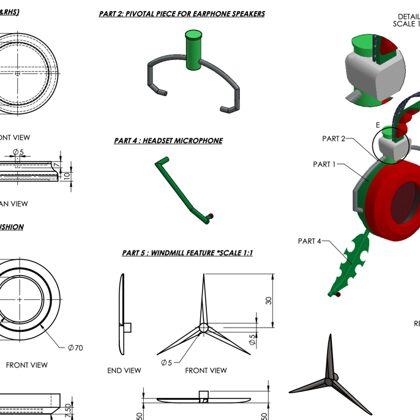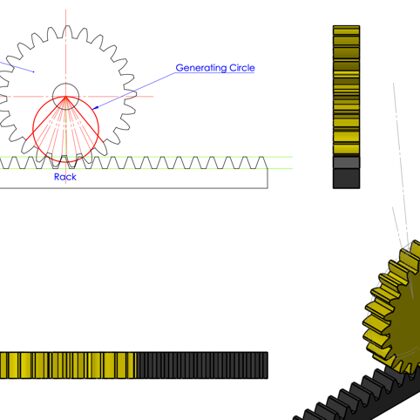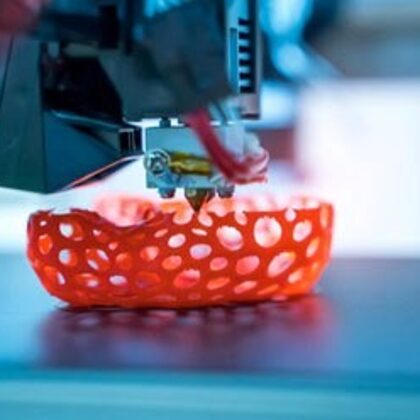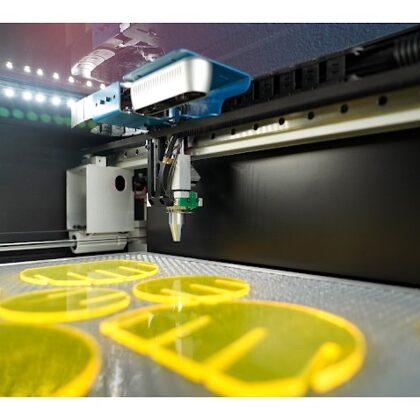TECHNOLOGY (TY)
Transition year Technology aims to enhance students’ curiosity of the technological world while integrating the necessary subject knowledge with the disciplinary skills to investigate and solve real-life problems. Every human-made product is designed by applying some knowledge of the natural world and is built using materials derived from the natural world, even when the materials are not themselves natural
A big focus of the transition year program is a focus on design awareness and development. Through a design-based portfolio project students will design and make products/artefacts that solve real world problems based on a chosen brief.
- A focus on Design: (a) Introducing key terms relating to the analysis of a product; (b) Prompt questions and key terms provided.
- A focus on User Needs: Introduces the concept of ergonomics in design and designing to meet a user’s requirements. The tasks are explained using visual examples and questions to support students in thinking about design outside of their target group.
- A focus on Design Evaluation and Design Modification: This exercise explores what students can learn from analysing a design and how they can use this information to improve an existing design. The task presents students with visual examples of developments in mobile phone design, leading into a sketching task.
Students will examine real life existing technical solutions and apply their new learning and knowledge to improve or change the design. For instance, dynamic mechanisms - we are surrounded by them and systems that are designed to make tasks easier to complete. Basic slide mechanisms found in drawers, folding mechanisms seen in chairs, springs contained in writing pens and linkages used pedal bins are just some examples.
Students will have access to a range of state-of-the-art equipment and tools to facilitate participation in the latest processing and design techniques, including our additive processing unit. At the forefront of the technology lab is the additive manufacturing station promoting student use of 3D printing as part of the realise stage of the design cycle. One of the key advantages of 3D printing is the ability to produce very complex shapes or geometries that would be otherwise impossible to construct by hand, including hollow parts or parts with internal truss structures to reduce weight.
Students will also utilise the laser cutter to produce their designs and mechanisms. The state-of-the-art laser cutter is a true manufacturing marvel, revolutionising the world of mass production and small-scale prototyping. Incorporating the laser cutter into the transition year program fulfils one of the pillars of the year, equipping students with key skills for the future.
 A New Approach to Education
A New Approach to Education


